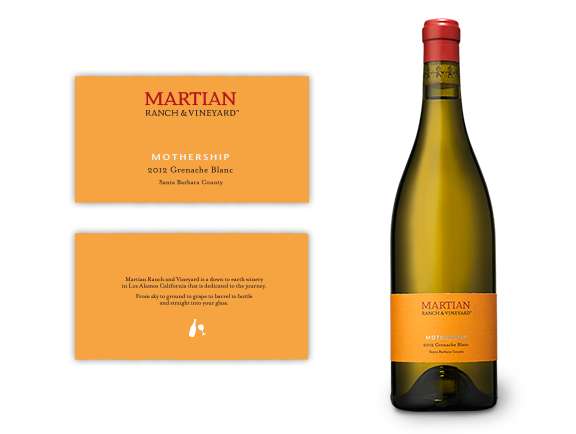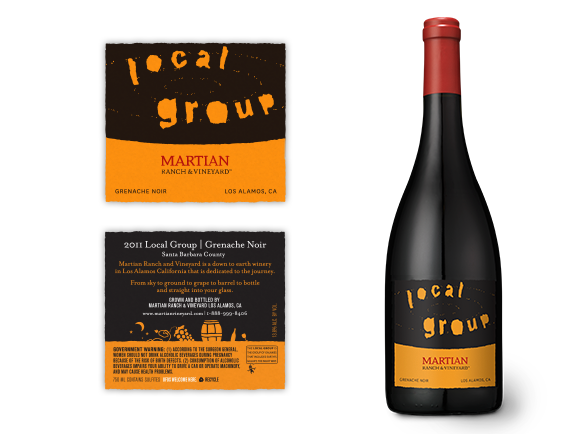At a recent wine event in Los Angeles, Cornerstone Cellars’ managing partner Craig Camp spoke to me, as eloquently as always, about his Cornerstone wines and the great vineyard sites from which they harvest grapes. He also mentioned something near and dear to my heart. Rosé wine.
He agrees that pink wine need not be a summer-only event. In fact, he stated specifically how great his Corallina rosé is with Thanksgiving turkey. To that I can only add, it is even better with those leftover turkey sandwiches on Black Friday. That one, plus a few more holiday essential wines from Cornerstone follow.
2013 Corallina by Stepping Stone $25
This is one of my favorite California pinks. The Napa Valley vineyard from which these grapes come is west of the Oak Knoll district, almost in Carneros. The aromas and flavors, while fruity, are more complex than those generally found in pink wines. This is one Syrah rosé in which the Syrah really shows up for work. It is deeply-colored and richly textured. It looks pink, but it drinks red.
We always need a nice white wine for holiday entertaining, and why not Sauvignon Blanc? Cornerstone's Sauv Blanc is rich and vivacious, two things we would all like to be. It's great with turkey, too, or as an aperitif.
Not to brag on the excellent growing conditions in the Napa Valley, but Camp reports, "In Bordeaux they add Sémillon to add richness, but in the Napa Valley we can achieve that depth with the Sauvignon Blanc variety alone, letting the pure essence of this noble variety shine."
A holiday beef dish needs a Cab, and why not go all out for the holiday feast? Cornerstone made their name with Napa Valley Cabernet Sauvignon, and here we have two reasons why.
Camp really bristles if you mention that the cool 2011 vintage was a problematic one. He's quite content with a more Bordeauxesque growing season. "The problems climate presents to winegrowers in Napa," he says, "are those of over-ripeness, sugars that mature ahead of flavors and lack of acidity. In truth, the hot vintages are the problem vintages in Napa, not the cooler ones.
"At Cornerstone Cellars," he continues, "we are very pleased with our 2011 wines and love their balance and freshness and length. Our Cabernet has that bit of an herbal edge that makes the variety so compelling and so amazing with food. A liberal dollop of Merlot, which ripens earlier than Cabernet, adds richness and a velvety mouthfeel to our 2011 Napa Valley Cabernet Sauvignon White Label."
Camp: "The vineyards of the Howell Mountain AVA are well above the fog line meaning many extra hours of sunshine, which paid off big time in the cooler 2011 vintage. In fact, I believe the wines from this AVA really benefited from the milder weather, which helped restrain the aggressive mountain tannins. What you'll find in our 2011 Cornerstone Cellars Howell Mountain Cabernet Sauvignon, White Label is a classical Cabernet structure with firm, but perfectly ripe integrated tannins. In my opinion it is a wine that should be ready to drink in five to seven years, but with proper storage can develop for decades." Offer as a gift for the patient, with dinner for those of us who cannot wait.























